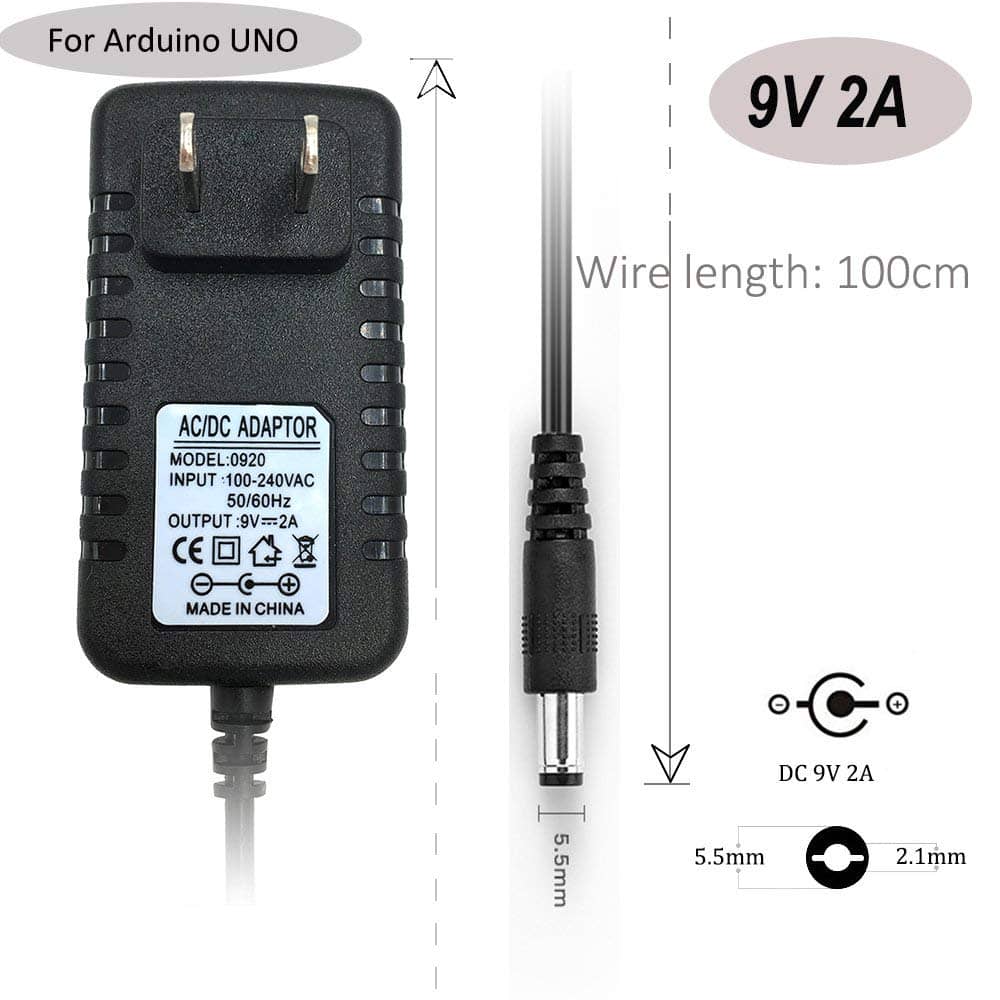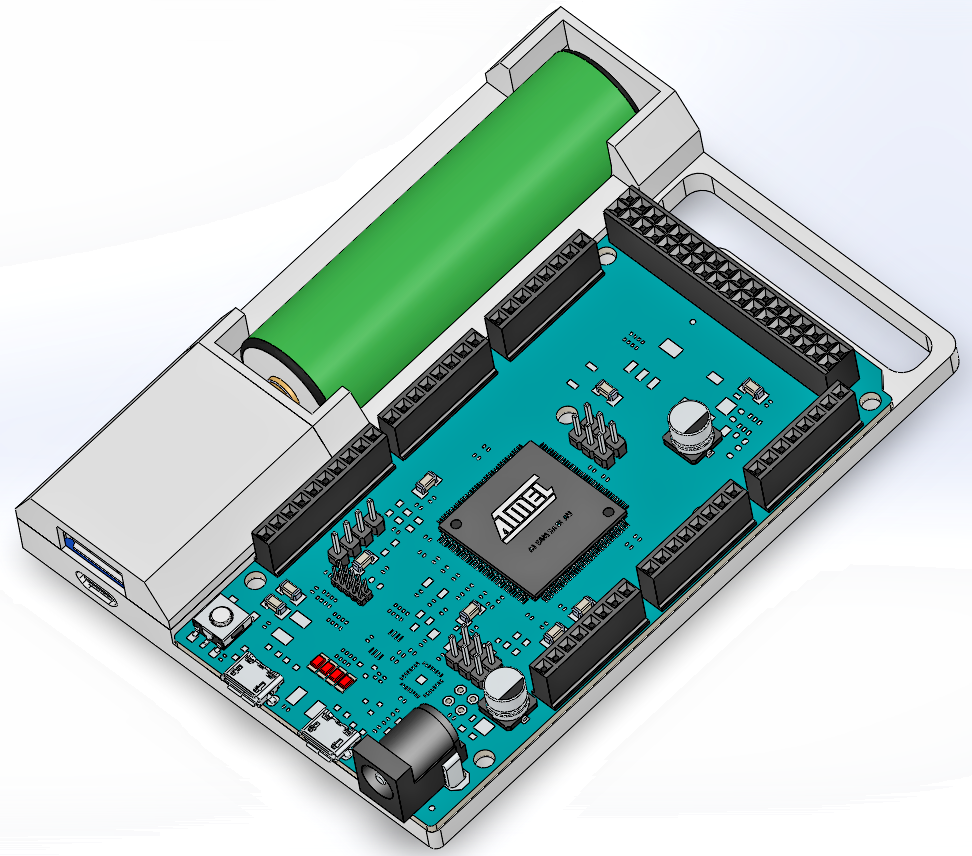

On the other end of the board, TE106 models feature + and – outputs for your battery that are shared with the output to whatever you’re powering. The boards feature micro-USB connectors that allow you to plug in straight from a USB source as well as solder pads for IN+ and IN- if you prefer to make your own connections. 3V and 8VDC, and charges the battery to 4.2V, avoiding damage to these nominally 3.7V cells. The boards in the image above are based on the TP4056 battery charger chip, which takes in input between. If the previous options don’t fit your needs or if you want to save a bit of money, you can put together a combination charging and power solution with a charger board, and, if needed, a boost converter.

You can integrate this into your Arduino project using the standard USB connector that comes along with the cylindrical package. This setup allows it to safely charge your device via a micro-USB connection, then output a nice USB-friendly 5VDC. Depending on your budget, an all-in-one solution may be a better option.Īnother contender you shouldn’t rule out is the so-called “lipstick charger.” These chargers integrate a Lithium Ion 18650 cell with a charger and boost converter.

One thing to consider is that the cost of each is relatively high, though commensurate with its excellent set of features. Both have charge rate resistors for iOS devices, along with low battery indicators. The 500C model is meant for 500mA output, while the 1000C is meant for 1000mA. These components give your projects a bit of extra ‘room’ to accommodate long cables and other accessories. Both feature a built-in LiPo battery charger circuit, along with a boost converter that outputs 5.2 volts instead of the USB standard 5.0 volts. Here are a few features of the Adafruit PowerBoost 500C and 1000C: If you need a power source to integrate into an existing project or board, Adafruit’s PowerBoost 500C and 1000C are excellent options. For example, the spacing for Adafruit and MKR boards is 2.0mm from center to center of each connector. Many types of similar connectors won’t work interchangeably, so pay careful attention to the connector spacing as well as shape. Specifically, be sure which the red-white/positive-negative wire orientation you require, as color coding can be inconsistent across products. Whichever configuration you choose, be sure you’re getting exactly the right connector for your application and devices. There are a variety of other ready-made options on the market as well as kits for assembling your own.
Arduino uno 12v power supply series#
Adafruit stocks batteries paired with the proper leads and connectors (as well as leads and connectors by themselves) for their boards, which also conveniently match up with Arduino MKR series devices. Importantly, the JST connector we mentioned here is a JST PH 2.0 2-pin connector. Like the MKR boards, Feather boards can accommodate charging through built-in micro-USB ports. These boards have built-in support for LiPo batteries through the same type of JST connector as the MKR series. You’ll need to research the requirements for your application to be sure this pairing would be successful.Īnother option comes in the form of the Feather board series from Adafruit. In limited testing, a 105mAh cell could power the MKR ZERO. The good news is that most of the new MKR series of boards do include this functionality, including the:Īrduino specs call for a minimum battery capacity of 700 mAh, but there’s one exception. The popular Arduino boards (and other official and derivative options) feature power connections, but they don’t come equipped with another method for receiving power from 3.7V LiPo batteries.


 0 kommentar(er)
0 kommentar(er)
